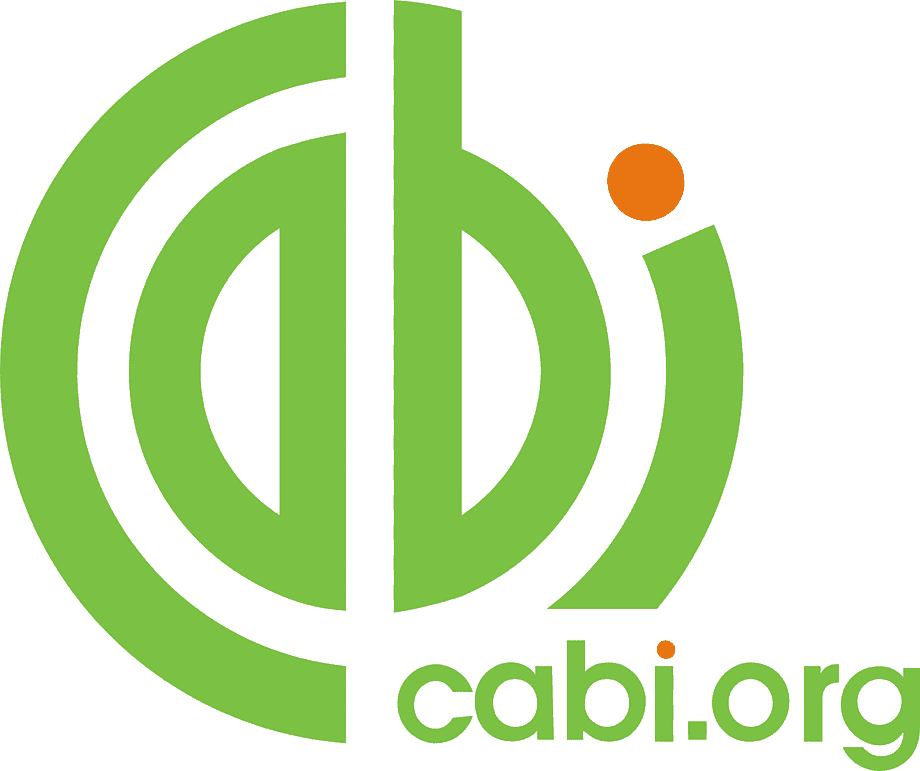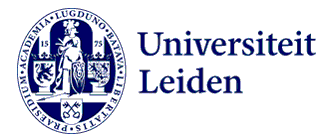Performans Produksi Itik Alabio Petelur Pada Berbagai Tingkat Penggunaan Gulma Bebek (Lemna minor) dalam Ransum
Production Performance of Layer Alabio Ducks At Various Levels of Use of Duck Weeds (Lemna minor) in Rating
DOI:
https://doi.org/10.46549/jipvet.v12i1.134Keywords:
Duckweed, Feed-diets, Laying alabio-ducks, Production performance, Gulma bebek, Itik alabio petelur, Performans produksi, RansumAbstract
Abstract
The large component of feed costs in the production cost of laying ducks requires farmers to use the cheaper feed ingredients but can still meet nutritional needs and maintain good production performance of alabio laying ducks. This study aims to determine the effect of the use of duckweeds in diets on the production performance of alabio ducks including egg production, feed consumption, feed conversion, income over feed-cost, egg weight, yolk-color, and cholesterol levels in duck eggs.The study used a Completely Randomized Design (CRD) method with four treatments and five replications, each of which consisted of three Alabio laying ducks. The research treatments were P0 = 0% the use of duck weed, P1 = 10% the use of duck weed int, P2 = 20% the use of duck weed, and P3 = 30% the use of duck weed for every of the diet treatment. The results showed that the use of duck weeds (Lemna minor) up to 30% in the feed diet had no effect on the amount of egg production, percentage of egg production, feed conversion, egg weight, and IOFC values but it affected the feed consumption, yolk color and cholesterol content of alabio duck eggs. The feed consumptions were not different from the control diet until 20% use of duck weeds, but decreased at 30% due to increased crude fiber feed. The Yolk color scores increased and the egg cholesterol content decreased with increasing use of duck weeds in feed diets. Duck weed has a great opportunity to be used as a source of protein feed.
Keywords: Duckweed; Feed-diets; Laying alabio-ducks; Production performance
Abstrak
Besarnya komponen biaya pakan dalam biaya produksi itik petelur menuntut peternak menggunakan sumber bahan pakan yang murah tapi tetap dapat memenuhi kebutuhan nutrisi dan mempertahankan performans produksi itik alabio petelur yang baik. Penelitian ini bertujuan untuk mengetahui manfaat penggunaan gulma bebek dalam ransum terhadap performans produksi itik alabio meliputi produksi telur, konsumsi ransum, konversi pakan, income over feed-cost, bobot. telur, yolk-color (warna kuning telur), dan kadar kolesterol di dalam telur itik sebagai alternatif bahan pakan sumber protein. Penelitian menggunakan metode Rancangan Acak Lengkap (RAL) dengan empat perlakuan dan lima ulangan, dimana setiap ulangan terdiri dari tiga ekor itik alabio petelur. Perlakuan penelitian yaitu P0 = 0 % gulma bebek, P1 = 10 % gulma bebek, P2 = 20 % gulma bebek dan P3 = 30 % gulma bebek digunakan pada tiap ransum perlakuan. Hasil menunjukkan bahwa penggunaan gulma bebek (Lemna minor) hingga 30% dalam ransum tidak berpengaruh pada jumlah produksi telur, persentasi produksi telur, konversi pakan, bobot telur, dan nilai IOFC tapi berpengaruh terhadap konsumsi ransum, yolk color dan kandungan kolesterol telur itik alabio. Konsumsi ransum tidak berbeda dengan pakan kontrol hingga penggunaan gulma bebek 20%, tapi menurun pada 30% karena meningkatnya serat kasar pakan. Score yolk color meningkat dan kandungan kolesterol telur menurun dengan meningkatnya penggunaan gulma bebek dalam ransum. Gulma bebek berpeluang besar dapat digunakan sebagai bahan pakan sumber protein.
Kata Kunci: Gulma bebek; Itik alabio petelur; Performans produksi; Ransum
Downloads
References
Akter M, Chowdhury SD, Akter Y and Khatun MA. 2011. Effect of duckweed (Lemna minor) meal in the diet of laying hen and their performance. Bangladesh Res. Pub. J. 5(3): 252-261.
Amrullah IK. 2005. Nutrien Ayam Broiler. Lembaga Satu Gunung Budi. Bogor.
Arizona R dan Ollong AR. 2020. Kualitas telur puyuh selama penyimpanan dan temperatur yang berbeda. Jurnal Ilmu Peternakan dan Veteriner Tropis (Journal of Tropical Animal and Veterinary Science). Vol. 10 No.1: 70 – 76
Chantiratikul A, Chinrasri O, Chatiratikul P, A. Sangdee, U. Maneechote and C. Bunchasak. 2010. Effect of replacement of protein from soybean meal with protein from Wolffia meal (Wolffia globosa (L). Wimm.) on performance and egg production in laying hens. International Journal of Poultry Science, 9 (3) : 283-287.
Direktorat Jenderal Peternakan dan Kesehatan Hewan, 2019. Statistik Peternakan dan Kesehatan Hewan. http://ditjenpkh.pertanian.go.id/buku-statistik-peternakan-dan-kesehatan-hewan-tahun-2019. Akses 6 Juli 2020
Hamid MA, Chowdhury SD, Razzak MA and Roy CR. 1993. Effects of feeding an aquatic weed Lemna trisulca as partial replacement of fishmeal on the performance of growing ducklings. Journal of Science of Food and Agriculture, 61(1): 137-139.
Hausmann A and Sandmann G. 2000. A single five-step desaturase is involved in the carotenoid biosynthesis pathway to beta-carotene and torulene in Neurospora crassa. J.Genet.Biol.30(2):147-53.
Haustein AT, Gilman RH, Skillicorn PW, Vergara V, Guevara V, and Gastanaduy A. 1990. Duckweed, a useful strategy for feeding chickens: performance of layers fed with sewage-grown Lemnacea species. Poultry Sci. 69: 1835-1844.
Haustein AT, Gillman RH, Skillicorn PW, Hannan H, Dias F, Guevana V, Vergara V, Gastanaduy A and Gillman JB. 1994. Performance of broiler chickens fed diets containing duckweed (Lemna gibba). Journal of Agricultural Science, 122(2): 288-289.
Hossain MJ. 1998. Use of duckweed as a feed for ducks. Duckweed production by using integrated farm waste and its utilization as animal feed. A publication of Duckweed Research Project, Ministry of Fisheries and Livestock and BLRI, Bangladesh:21-23.
Indarsih I and Tamsil MH. 2012. Feeding diets containing different forms of duckweed on productive performance and egg quality of ducks. Med. Pet., J. of Anim. Sci. & Tech. Vol. 35 No.2 pp. 128-132.
Leng RA, Stambolie JH and Bell R. 1995. Duckweed - a potential high-protein feed resource for domestic animals and fish. Livestock Res. for Rur. Dev. Vol. 7 No. 1.
Purba M, Prasetyo LH dan Susanti T. 2006. Kualitas Telur Itik Alabio dan Mojosari pada Generasi Pertama Populasi Seleksi. Balai Penelitian Ternak, Bogor.
Stocker R. 1993. Natural antioxidants and atherosclerosis. Asia Pacific Journal of Clinical Nutrition. 2: 15- 20
Sulaiman A dan Ramatullah SN. 2011. Karakteritik eksterior, produksi dan kualitas telur itik Alabio di sentra peternakan itik Kalimantan Selatan. Bioscientiae (Journal of Biology Science), 8 :46-61
Syamsuhaidi. 1997. Penggunaan duckweed (family lemnacae) sebagai pakan serat sumber protein dalam ransum ayam pedaging. Institut Pertanian Bogor.
Roberts JR. 2004. Factors affecting eggs internal quality and egg shell quality in laying hens. Rev. J. Poul. Sci. 41: 161-177.
Yuwanta T. 2010. Telur dan Kualitas Telur. Gadjah Mada University Press. Yogya.
Downloads
Published
How to Cite
Issue
Section
License
Copyright (c) 2022 Abrani Sulaiman, Basransyah

This work is licensed under a Creative Commons Attribution-NonCommercial-ShareAlike 4.0 International License.
License and Copyright Agreement
In submitting the manuscript to the journal, the authors certify that:
- They are authorized by their co-authors to enter into these arrangements.
- The work described has not been formally published before, except in the form of an abstract or as part of a published lecture, review, thesis, or overlay journal. Please also carefully read Jurnal Ilmu Peternakan dan Veteriner Tropis (Journal of Tropical Animal and Veterinary Science) Posting Your Article Policy at https://journal.fapetunipa.ac.id/index.php/JIPVET/publicationethics
- That it is not under consideration for publication elsewhere,
- That its publication has been approved by all the author(s) and by the responsible authorities “tacitly or explicitly“ of the institutes where the work has been carried out.
- They secure the right to reproduce any material that has already been published or copyrighted elsewhere.
- They agree to the following license and copyright agreement.
Copyright
Authors who publish with Jurnal Ilmu Peternakan dan Veteriner Tropis (Journal of Tropical Animal and Veterinary Science) agree to the following terms:
- Authors retain copyright and grant the journal right of first publication with the work simultaneously licensed under a Creative Commons Attribution License (CC BY-NC-SA 4.0) that allows others to share the work with an acknowledgment of the work's authorship and initial publication in this journal.
- Authors are able to enter into separate, additional contractual arrangements for the non-exclusive distribution of the journal's published version of the work (e.g., post it to an institutional repository or publish it in a book), with an acknowledgment of its initial publication in this journal.
- Authors are permitted and encouraged to post their work online (e.g., in institutional repositories or on their website) prior to and during the submission process, as it can lead to productive exchanges, as well as earlier and greater citation of published work.

This work is licensed under a Creative Commons Attribution-NonCommercial-ShareAlike 4.0 International License.





























.png)
